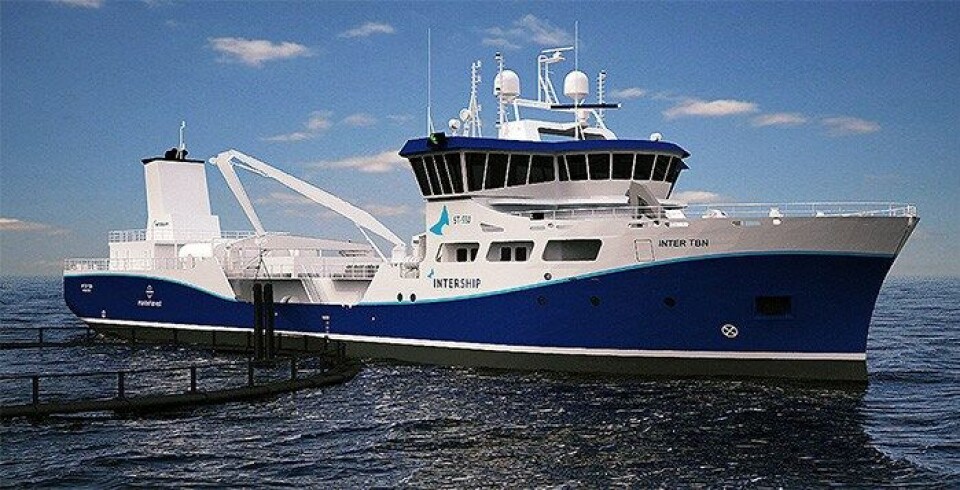
MH to bolster non-medicinal fleet
Two Hydrolicers and a Thermolicer are set to join Marine Harvest Scotland’s existing fleet of non-chemical louse treatment systems before October.
The former remove sea lice by exposing them to fresh water and treatments been shown to have “up to 85% clearance of mobile lice”, according to Marine Harvest’s Ronnie Hawkins, while the latter uses warmed sea water to similar effect.
The company already operates two Hydrolicers and the addition of the three new systems mean that they are now seeking to recruit a De-licing Systems Manager – an entirely new position.
According to the company, the new machines “are proving highly effective” but their use still needs to be refined.
As Steve Bracken, Business Support Manager at MH Scotland, tells Fish Farming Expert: “The Hydrolicers are giving good results but as with all new systems it takes time to achieve optimum results.”
The Thermolicer is being made by Steinsvik, while Cflow – another Norwegian company – manufactures the Hydrolicers.
Operating 16 hours every day, each system has a dedicated crew of 4, who are further supported by farm staff. They can operate in both cages that purely contain salmon and those that contain a mix of salmon and cleanerfish – with the latter being graded out prior to the treatment.
The new manager will be responsible for the co-ordination, man management, performance improvement and technical development of this specialist service operation.
“We will possibly recruit a person who already has an aquaculture background and then train them with the new systems,” Steve explains.
Inter Caledonia’s seawater/freshwater conversion system has been installed yet The reverse osmosis system is still some weeks away.




















































